How to Measure the Success of a Landing Page
Landing pages are a crucial component of marketing automation, but do you know how to measure their success? These pages provide an opportunity to test the message your prospects receive when they click on an email, social media post, or other conversion point. However, if your landing pages aren’t optimized to maximize conversions, you’ll start seeing a decline in performance across all your marketing efforts.
To get the most out of your content marketing strategy, understanding how to measure the effectiveness of your landing page is key. Here are the key metrics to consider:
1. Page Views
The most obvious metric for measuring the success of a landing page is the number of page views. If people aren’t visiting your page, it won’t help your marketing efforts. When evaluating traffic, make sure to track both total page views and new page views (sometimes called unique visitors). Understanding the number of page views will give you insight into how much of your traffic is new versus returning.
2. Bounce Rate
The bounce rate shows the percentage of viewers who visit your page and leave without taking any further action. A high bounce rate may indicate that you need to assess the user experience on your landing page. Are the actions you want users to take clear and accessible? Is the page well-designed and fast-loading? Are you providing content that drives users to convert?
All these factors affect your landing page’s performance and the likelihood of users taking action and engaging with your brand, product, or service.
3. Session Duration
Session duration is closely related to your bounce rate. It’s not enough to see if users are leaving your page; it’s important to understand how quickly they are leaving. If the average session duration is only a few seconds, you might not be doing enough to capture a user’s attention or present the information they are seeking.
If session duration is relatively long but bounce rate is still high, you might have a confusing or frustrating user experience or an overload of content. Remember, landing pages are meant to be specific to a campaign or marketing message and should attract your audience before providing the full story.
Avoid overwhelming the page with content, as this can lead to information overload.
4. Traffic Sources
If you’re running campaigns across multiple channels and unique touchpoints that all lead to the same landing page, it’s important to know where your traffic is coming from. If a large portion of your page’s traffic comes from paid social media, you might consider increasing your spend on those channels. If many leads are arriving from email campaigns, you might plan to replicate that tactic in the future. Over time, you’ll start to narrow down the channels and sources that work best for your business and learn how to measure the performance of your landing page effectively.
5. Conversion Rate (CR)
Last but not least, the conversion rate tells you how many users are taking the action you want them to on the landing page. After all, landing pages are meant to be conversion hubs—whether that action is filling out a form, watching a video, scheduling an appointment, or making a purchase. Define the action you want users to take and use language that enhances your call-to-action (CTA). Make it easy for users to complete the desired action. For example, if you want them to fill out a form, ensure the form is prominently placed and has relatively few fields to make it easy to complete.
Do you have a new project or a fantastic idea you want to implement? Send us your information here or call us at 2130414635.




